
Odoo vs. Competitors
Organisations rely on effective and integrated Enterprise Resource Planning (ERP) solutions to manage their core operations in today's complex and fast-paced business landscape. With so many ERP options on the market, selecting the best one may be difficult. Odoo, an open-source ERP software, is gaining popularity and acceptance for good reason. In this blog article, we'll compare Odoo to some of its competitors and emphasise why Odoo is a top choice in the ERP industry.
Odoo: An All-In-One ERP System
Odoo is well-known for its adaptability and complete ERP strategy. It provides a wide range of integrated modules that cover many business tasks, such as:
Sales & CRM
With capabilities like Lead Management, opportunity tracking, and seamless interaction with marketing automation, Odoo streamlines sales and customer relationship management.
Inventory Management
Inventory management is critical for any firm. Odoo offers real-time stock level visibility, automatic reordering, and multi-location capabilities.
Accounting
The accounting module in Odoo includes functionality like invoicing, expenditure tracking, and financial reporting. It provides precise and efficient financial management.
Manufacturing
To optimise manufacturing operations, Odoo features production Planning, a bill of materials, and quality control.
HR & Payroll
Odoo's HR module handles everything from employee recruiting to attendance monitoring and payroll processing.
E-commerce
Odoo incorporates e-commerce functionality effortlessly, allowing businesses to easily develop and manage online storefronts.
Project Management
Odoo's project management solutions, which include task tracking, project planning, and collaboration features, can help project teams.
Customisation
Odoo's tremendous degree of customisation is one of its main assets. Users can customise the system to meet their individual requirements by altering current modules or developing new ones.
Comparing Odoo to the Competition
Now, let's look at some of Odoo's rivals to see why it stands out in the ERP market:
Odoo vs. SAP
-- Cost: Odoo is less expensive, making it more accessible to small and medium-sized businesses (SMEs). SAP, on the other hand, is notorious for its expensive Implementation and maintenance costs, which frequently limit its suitability to bigger organisations.
-- Odoo provides a high level of customisation, allowing customers to tailor the system to their own requirements without the need for considerable coding. SAP customisation might be more complicated and expensive.
-- User-Friendly Interface: Odoo is acclaimed for its user-friendly interface, which makes it easy for users to navigate and adopt. SAP has a more difficult learning curve.
-- Odoo has a robust open-source community that provides tools, extensions, and community-contributed modules. While SAP offers an extensive support system, it is often offered only to bigger organisations with larger resources.
Odoo vs. Microsoft Dynamics
-- Price: Odoo's pricing structure is often less expensive than that of Microsoft Dynamics. Odoo is a free community edition with modest functionality, but Microsoft Dynamics frequently demands a significant investment.
-- Odoo and Microsoft Dynamics are both scalable systems, however Odoo's modular design allows organisations to expand more freely and cost-effectively.
-- Integration Ease: Odoo is designed to readily interact with other software programmes, simplifying data interchange and eliminating redundancy. Microsoft Dynamics integration may necessitate extra customisation.
-- Odoo's open-source nature supports a collaborative community as well as a diverse ecosystem of third-party apps and extensions. While Microsoft Dynamics is well-supported, its ecosystem may be more constrained.
Odoo vs. NetSuite
-- Price: Odoo often offers more competitive price alternatives, particularly for smaller organisations. NetSuite is well-known for its hefty initial and recurring expenditures.
-- Odoo has considerable customization features, allowing customers to customise the system to their own requirements. NetSuite customisation can be complicated, necessitating the use of expert services.
-- User Interface: Odoo's user interface is frequently lauded for its simplicity. NetSuite's UI is functional, however some users may find it difficult to use.
-- installation Time: Odoo is renowned for having shorter installation timescales than NetSuite, which frequently entails a more lengthy and difficult setup procedure.
Why Odoo Is Unique
-- Several reasons contribute to Odoo's dominance in the ERP market:
-- Odoo's price structure and open-source nature make it a cost-effective alternative for enterprises of all sizes, including SMEs.
-- Odoo provides a high level of flexibility, allowing organisations to tailor the system to their individual needs without incurring large expenses.
-- scaling and modularity: Odoo's modular architecture enables for simple scaling. Businesses may begin with the modules they require and then scale up as they grow.
-- User-Friendly Interface: The user-friendly interface of Odoo facilitates adoption and shortens the learning curve for users.
-- Odoo's robust open-source community and vast ecosystem of third-party apps and extensions give users with a variety of tools and possibilities.
-- Rapid Implementation: Odoo's implementation procedure is frequently faster and simpler than those of its rivals, reducing downtime and boosting ROI.





















































































.webp)
















































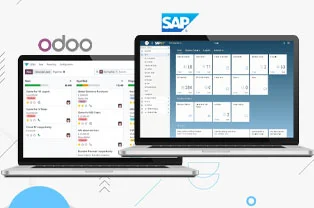




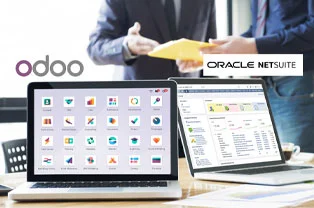





























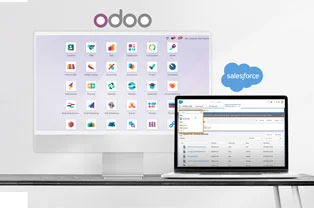








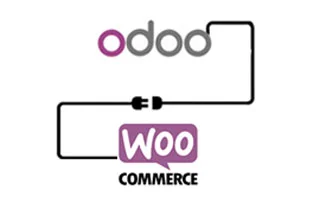






































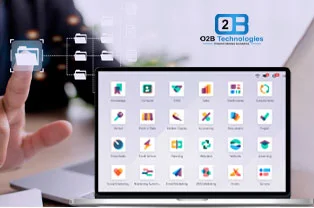


















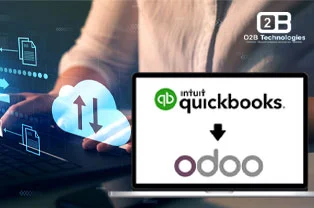































































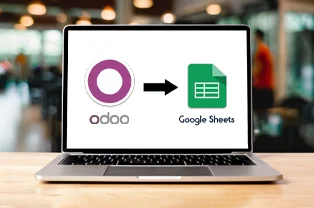


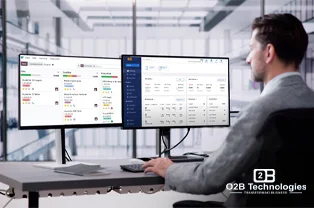







 USA
USA INDIA
INDIA